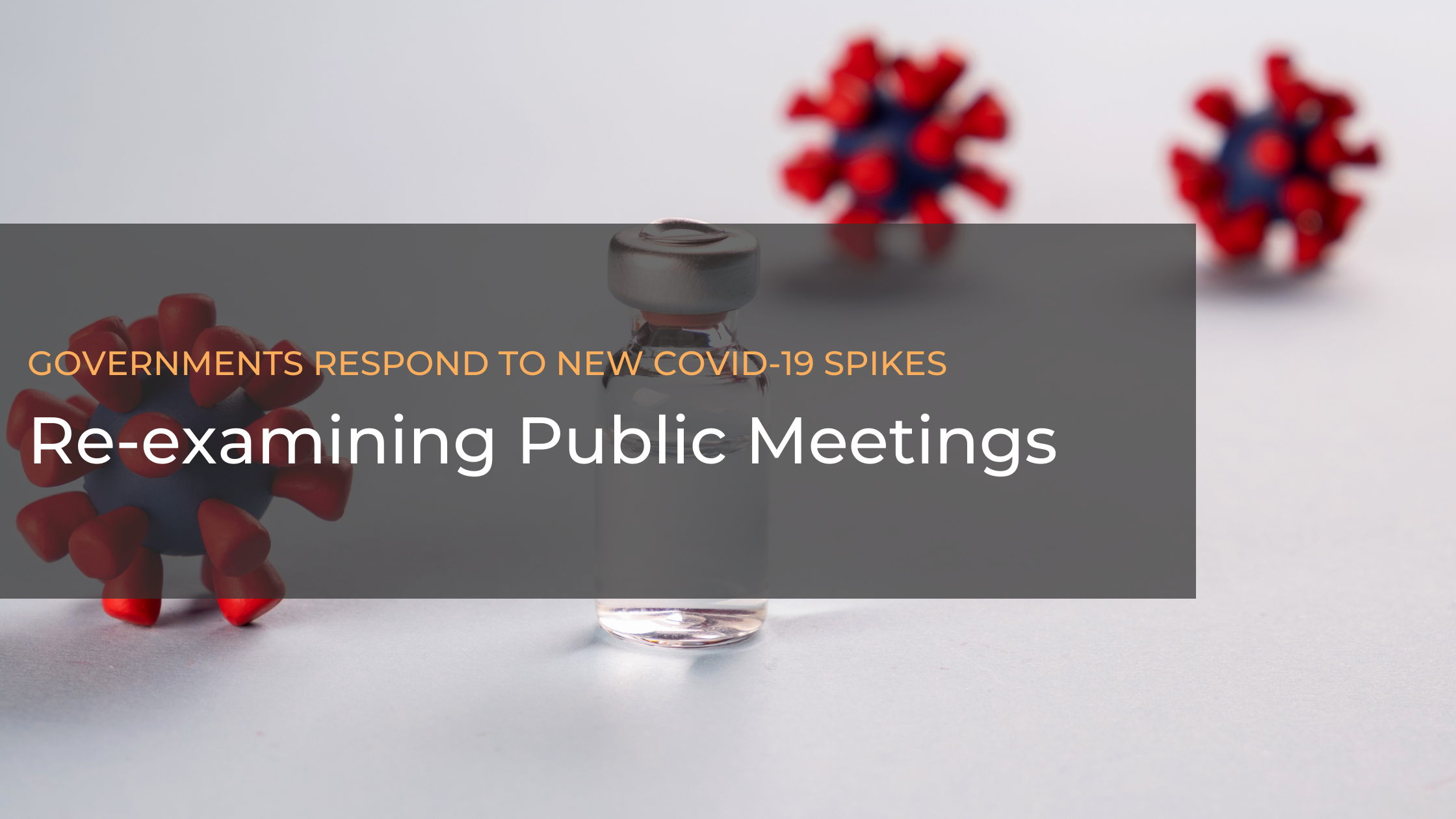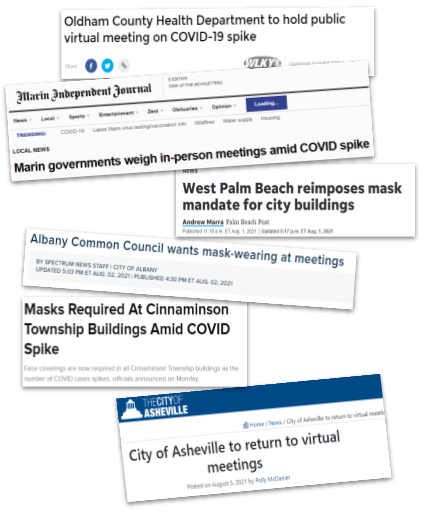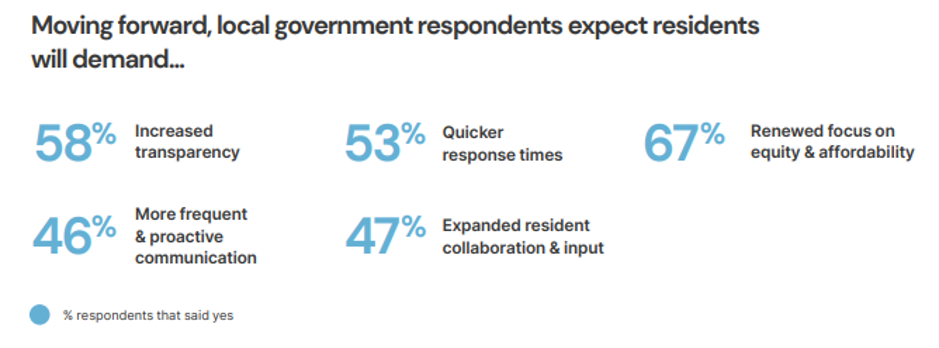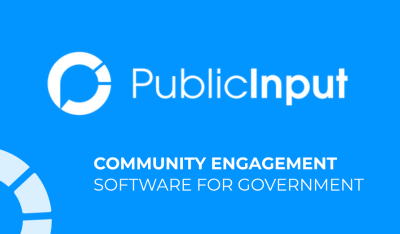
Local jurisdictions rethink public meetings amid spikes in COVID-19 cases

Headlines from the pandemic outbreak in 2020? No, these are announcements local governments have made in recent weeks as new cases of COVID-19 infections are exceeding totals recorded in 2020.
The Centers for Disease Control and Prevention (CDC) are reporting new outbreaks of SARS-CoV-2 infections, including COVID-19 vaccine breakthrough infection, associated with large public gatherings. Local governments are faced with a critical challenge regarding in-person public meetings in the midst of a resurgence in the pandemic as many jurisdictions returned to in-person deliberations.
A Re-examination of Priorities
After vaccines became available and inoculations of U.S. residents increased with lower cases of Covid infections being reported, local governments planned a return to in-person meetings. However, after more than a year of virtual public engagement — which came with its own set of challenges, but also returned major benefits — the data makes a strong case for continuing virtual proceedings.
Whether for ongoing health concerns or for the benefits to government decision making, the evidence is clear: given the opportunity to participate virtually, the public will attend and in larger numbers than in person.
It’s understandable that elected officials have expressed a desire to return to in-person meetings for the face-to-face experience. However, successful virtual engagement has made an impressive impact as a way for governments to engage a larger and more diverse segment of their population.
Governments should not consider in-person or virtual meetings as an either/or decision. Instead, utilizing both methods in a hybrid model is a highly effective way to meet or exceed public information and communication objectives.
A New Era of Unified Public Engagement
The virtual public meeting is part of a new era of public engagement. Many state legislatures have recognized the benefits and have passed new laws allowing policies for continuing virtual public meetings to complement or supplant in-person meetings.
A recent survey from The Atlas, Engaging Local Government Leaders (ELGL), CivicPulse, CivicPlus and Route Fifty reports 53% of responding jurisdictions that used virtual public meetings last year will continue to use them. Greater use of information technology by local governments over the last year have also increased expectations among residents for greater communication and information sharing with their governing bodies.
Click image to view the “New Normal” survey report.
While the rise in COVID-19 cases should cause wide-spread alarm and a reexamination of public health policies in every state, governments are not facing the same great wall like they were in March 2020 when public communication and information processes came to a standstill. Proven options are available with virtual deliberations.
In Florida, the Treasure Coast newspaper editorial board has called on their county government to reinstate Zoom meetings permanently due to the increase in COVID-19 outbreaks and based on the fact virtual meetings facilitate greater public participation in government. The paper’s editorial stated:
Local governments around the state should not be looking to deep-six Zoom or any other video conferencing program they’ve used during the pandemic. They ought to be looking for ways to permanently integrate the services into the governing process. Zoom video conferences and Zoom commenting should be standard additions to the way local governments do business.
Editorial Board – Treasure Cost Newspapers
Explore our case studies to see how end-to-end virtual public engagement solutions unify participation, and become and become an effective and productive means for the continuation of government and democracy in all environments.




